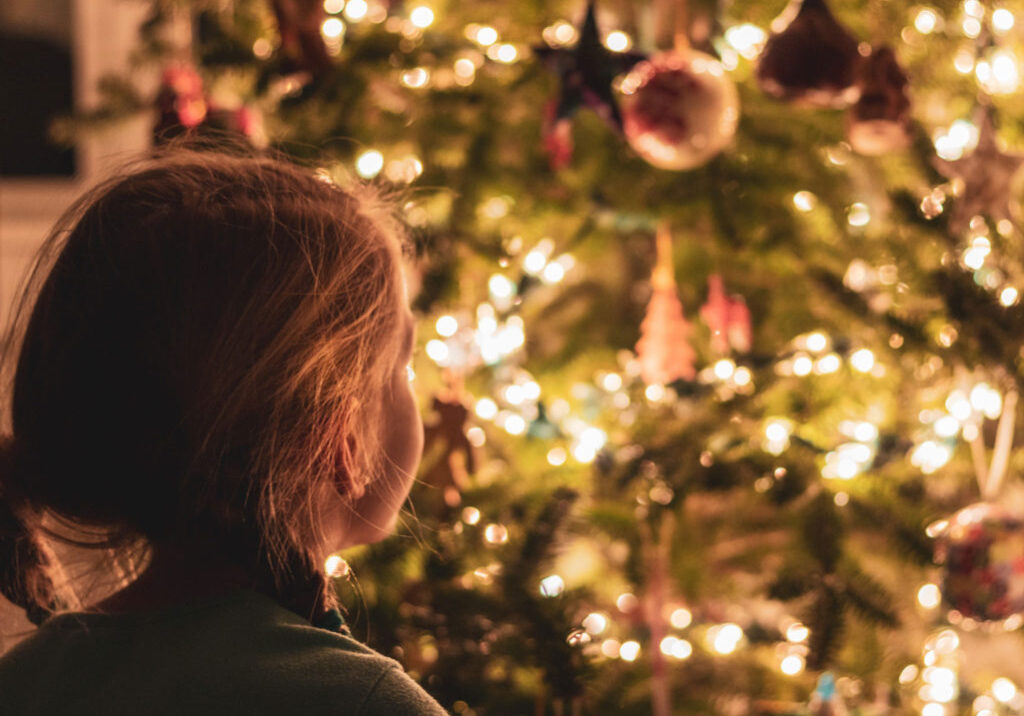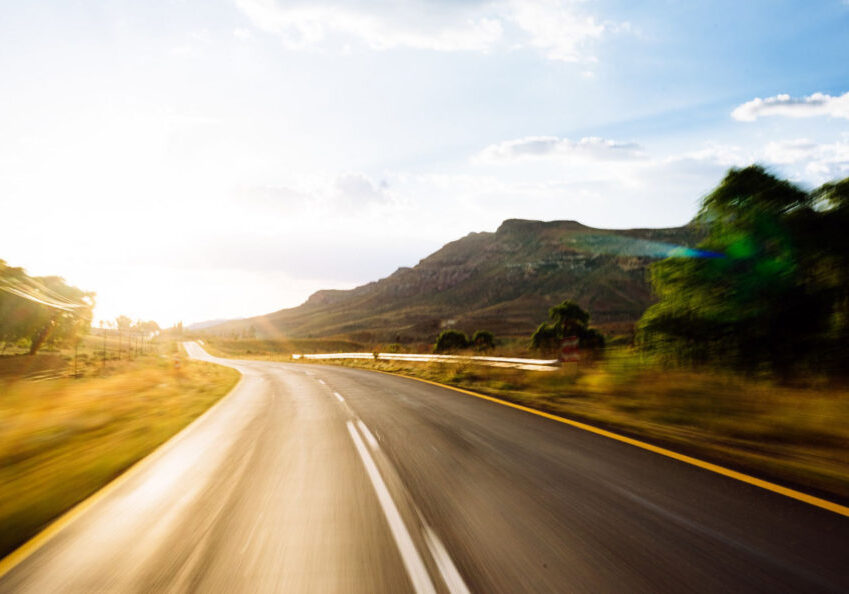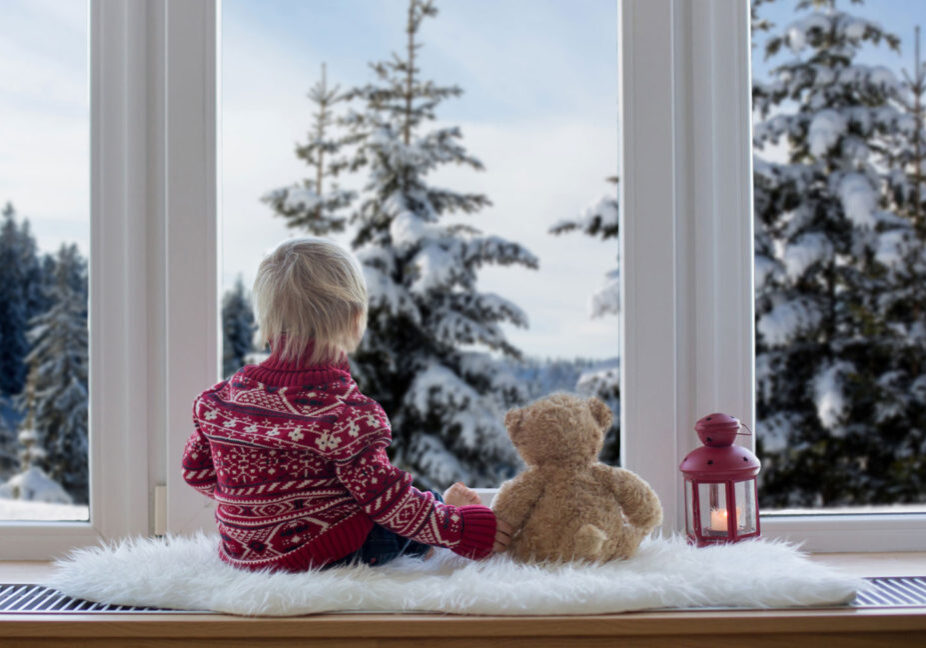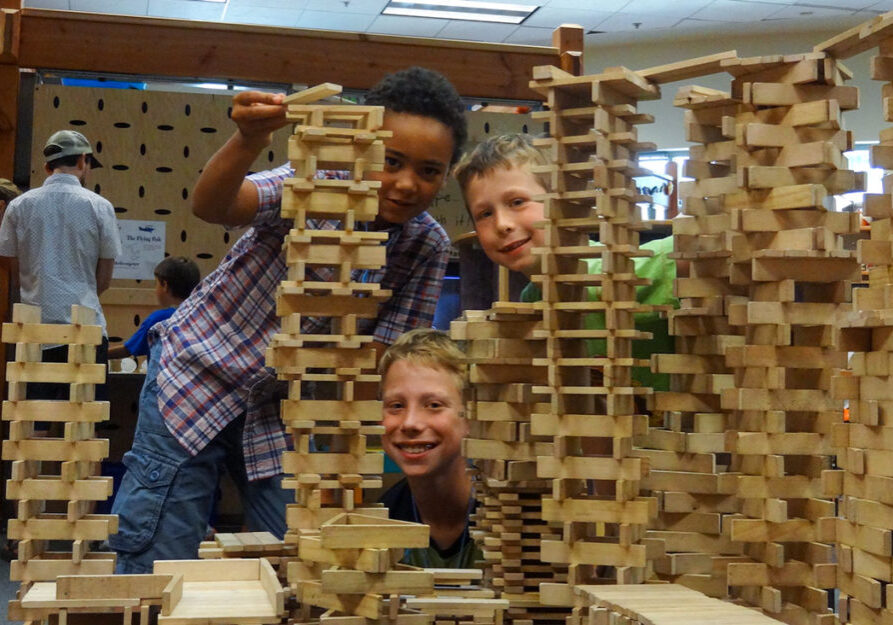Composting with kids teaches them about recycling, enriches your garden, and is a fun project that the whole family can participate in together.
The most natural form of recycling
Compost is the result of the most natural form of recycling. It reduces trash and saves landfill space. Composting adds beneficial nutrients to the soil and is an inexpensive and healthy alternative to chemical fertilizers.
When leaves, grass clippings, and even food scraps are mixed and left outside, these materials will eventually decompose on their own. By creating a compost pile or bin, you can accelerate the process. Just add the right ingredients, stir it up, and water it to set microscopic bacteria to work. The pile will heat up and create a dark, crumbly, soil-like substance that is rich in nutrients.

There are basic steps you can follow to get started:
Pick a shady spot
Let your kids help choose a shady spot in the yard for your compost bin or pile. Make it within easy reach, so it’s not forgotten. Piles are best if you only plan to compost yard waste. If you add kitchen scraps, a closed system will keep out hungry rodents.
Buy or build
You can buy a compost bin or barrel at your local garden or hardware store. If you are handy with wood, build a three-sided box that is 4-5 feet high and wide. Or use chicken wire to form a three-foot diameter cylinder and put it directly on well-drained soil to encourage earthworms. You can find tutorials on Pinterest and YouTube.
Use plastic garbage bins or totes to mix
Drill half-inch holes at about six-inch intervals all over a plastic garbage bin. Make sure it has a tight-fitting lid so the kids can roll it around the yard instead of mixing the compost manually.
You can also turn a plastic tub into a mini composter. Dark colors will hold heat in. If yours is light, let the kids paint it. Drill holes all over, including the lid, for aeration.
Gather browns and greens
Good compost has a mix of carbon-rich browns and nitrogen-rich greens.
Greens include:
- lawn clippings
- fruit and vegetable scraps
- eggshells
- weeds
- used coffee grounds and tea leaves
Browns include:
- leaves
- straw
- shredded newspaper, junk mail or documents -black & white only
- ash from wood stoves
- hay
- sawdust
Use a container in the kitchen
Use something as simple as a small, re-sealable plastic container under the sink. Or buy a countertop container made for this purpose.
Line the container with newspaper or paper towels and toss in eggshells, coffee grounds, tea leaves, fruit, and veggie cuttings. Kids can help by tossing in their banana peels and apple cores.
Start building your compost in layers
Add a few inches of straw, twigs or leaves, then add layers of roughly one-third greens and two-thirds browns. Once you have accumulated a few layers, water your pile, so it’s about as wet as a wrung-out sponge.
Mix the compost
Mix the compost at least weekly, stirring from the inside out with a shovel or tool intended for the job. Point out the earthworms and roly-polys hard at work to your kids.
Cook until done
When your bin is almost full, stop adding material and turn it at least weekly until it’s done. This is the point where it all looks like dark, crumbly soil. Use your homemade compost as mulch for your garden or spread over your lawn instead of fertilizer and watch it grow.
Posted in: Out & About, Recycling
Comment Policy: All viewpoints are welcome, but comments should remain relevant. Personal attacks, profanity, and aggressive behavior are not allowed. No spam, advertising, or promoting of products/services. Please, only use your real name and limit the amount of links submitted in your comment.
You Might Also Like...

Trees That Keep On Giving: Repurpose Your Christmas Tree
Along with the joy of picking out a tree that’s perfect for your family, choosing a real Christmas tree brings other benefits that “keep on giving” — for our local […]

10 Stress-Busting Reasons To Take Your Family On A National Park Road Trip
Connecting to nature at one of these awe-inspiring places on a family road trip is a great way to reduce stress and boost everyone’s mood. Here are 10 reasons to take […]

Ways To Spark Your Child’s Curiosity At Home
Recent proof suggests that your child’s level of curiosity determines their academic performance, and experts agree that if curiosity is not stimulated, it dies. The good news is that there […]
Before Sunrise: Making Time for Fitness, Friends and Nature
Three days a week, Anne Ripke works as a veterinarian in Chico. As the wife of a physician and mother of 15-year-old twins, Anne’s day-to-day life is full and active, […]




